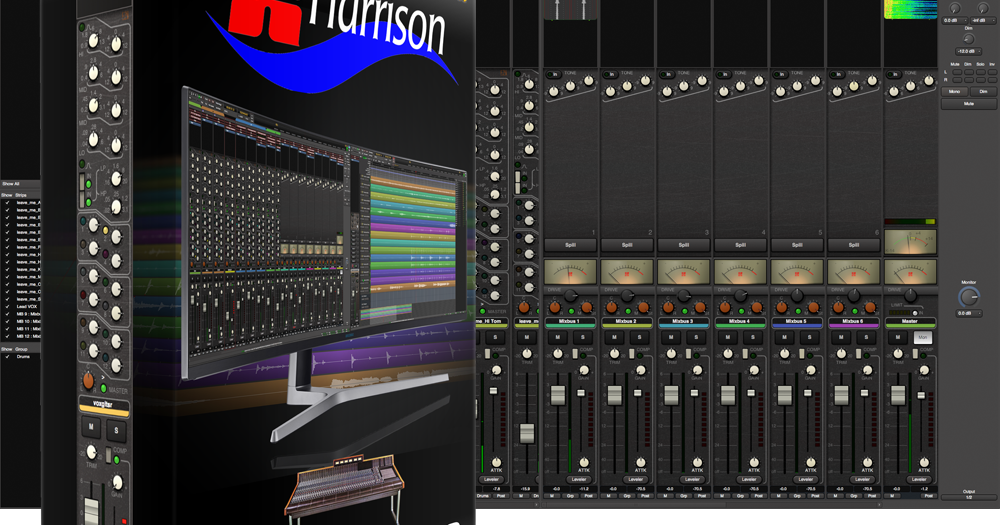

There is an additional method for displaying the EQ, Sends or Rec/Input menu on the channel strips. The “EQ” and “Sends” buttons can still be used to display/hide each set of controls and view the plugin area. To select this option go to Window -> Preferences -> Show All ->Appearance and select the box “Allow both the EQ and SEND sections to be visible on a strip”. The following picture shows the mixbus Send section displayed.įor monitors with at least 1200 pixel vertical height it is possible to choose to see both the EQ and the bus sends at the same time.The following picture shows the EQ section displayed.Meter Position selector : click this button to select the meter position ( Input, Pre-Fader, Custom, Post-Fader, Output ).Group selector : click this button to assign the channel to a Group ( see: Groups ).This control only affects the channel’s fader Fader Automation selector : select between Manual, Play, Write, and Touch.It turns red when the value is over 0dBFS. Meter peak-hold : this displays the loudest digital-peak value that has been detected by the meter.Fader level : this displays the curent fader position, in dB.“Speed” & “Mode” knobs : see Compression.Gain-Reduction meter – indicates gain reduction, in 1dB increments.Threshold – the threshold indicates when the compressor will begin working on the signal reduce the threshold slider to compress more.Makeup Gain – provides up to 10dB of Makeup Gain this gain is only active when the compressor is enabled.Comp “IN” – Enables the compressor section.The Compressor Section: see section Compression Techniques.Meter : the channel meter is a digital peak-reading meter the scale is the same as the fader and the compressor threshold.

Input Trim knob : the input trim value is applied immediately after track playback, and BEFORE any plugins in the redirect box.Master Bus Assign (“Mstr”) : when this is lit, the signal will be sent directly to the Master bus ( in addition to any mixbus assignments).12 mixbus sends, each with On/Off switch, and level control.Mixbus Sends Section: see section Bussing.Filters are second-order ( 12 dB/octave ).Filter “IN” – Enables the Filter section.Individual “Peak” buttons for Low and High bands: change the bands to proportional-Q peaking mode.“Mid” bands are proportional-Q peaking bands ( Q increases with additional boost/cut ).The redirect box – see section Redirects – Plugins, Sends & Inserts.The Rec/Input switcher – see section Rec/Input (“Switcher”) Section.They are now always displayed at the bottom of the channel strip. Also new are the positions of the Polarity and VCA assign buttons.The following picture shows none exposed. With the control buttons one can selectively display the Input/Rec section, the EQ section, or the mixbus Send section. New in Mixbus 32C v6 are multiple display modes to facilitate operation with video monitors of height less than 1200 pixels.An input channel strip can be mono or stereo. This is where an audio signal is routed, processed, and then sent to either a mix bus or the master channel. The input channel strip is the fundamental element in the mixing window. Appendix C: Videos (Training and Tutorial).AVL Drumkits: Black Pearl and Red Zeppelin.Presonus Faderport, Faderport8 and Faderport16.

#Mixbus mutes and solos pdf#
About This Manual (online version and PDF download).


 0 kommentar(er)
0 kommentar(er)
